Part 2 - Thomas Baxter
- willa

- Nov 9, 2024
- 4 min read
Today, we have Part 2 of my series "Meet the Celebrities". The instalments might be a bit intermittent, but I will cycle through some of the most celebrated British porcelain artists, so keep your eyes peeled!
Today it's Thomas Baxter's turn, perhaps one of the three or four most important British porcelain artists. Baxter was born in 1782 in Worcester to a family of artists. His father decorated porcelain at home and later started a decoration studio in London, and the young Thomas displayed great artistic talent at a young age.
Thomas enrolled in the Royal Academy Art School in 1800, where he was a class mate of John Constable, who would become one of the prime British landscape painters, and J.D. Engleheart, later a famous miniaturist; a talented bunch of young people. They studied with the flamboyant Swiss artist Henry Fuseli, who had spent time in Italy and passed down deep knowledge of the Etruscan and Classical arts to be found there. According to Fuseli, the young Thomas was "an artist of considerable talents and a man of natural genius ... mild and playful in manners and of strict integrity of principal".
As soon as in 1802, Baxter started exhibiting at the Royal Academy, and kept doing so throughout his short life. Around that time, he attracted the attention of Horatio Nelson, the famous Lord and Admiral who fought many British battles. Baxter had depicted Nelson's beloved, Lady Emma Hamilton, on a vase at some point, and as Nelson had some time and money on his hands during a brief pause in Britain's many wars, he turned to collecting art and porcelain. He commissioned several works from the young artist and became his benefactor; if Nelson would not have died at the battle of Trafalgar in 1805, the young Baxter may have become one of the great British painters.

But fate had it differently, and after 1805 Baxter concentrated on porcelain painting in his father's London studio at Gough Square. As a talented miniaturist and figure painter, and inspired both by the classics and Lady Hamilton's tragic beauty and mythical love for Lord Nelson, he painted many of the most elegant Neoclassical pieces in British porcelain; vases and dessert services with classical figures in robes, depicting noble scenes of loyalty, grief and dignity, as well as abundant flowers, shells and landscapes. Some of this porcelain was for Chamberlains Worcester, some for Coalport.
Baxter, however could not stand London's putrid air and suffered from ill health. In 1814 he moved to Worcester, where he worked for Flight Barr & Barr, as well opening an art school from home, where he instructed many of the decorators of all three Worcester factories.

A famous plate in the V&A Museum with Britannia after the Nile victory,
depicted as Lady Hamilton holding Nelson's head
Baxter painted some of the most celebrated porcelain of his day. Once, he was invited by an porcelain connoisseur to view his collection, and he picked up a particularly beautiful plate. The owner said he'd bought the plate in Paris, and lamented how in Britain nobody could paint like that. Baxter looked at it again and told the man he'd seen the plate before - in fact the plate was painted by himself!
Baxter did well, but he was unhappy working for a large porcelain factory with its necessarily commercial design decisions. So when in 1816 he was invited to come to the much more experimental Swansea factory in Wales, he happily accepted. There, he continued to paint countless gorgeous wares, with much more artistic freedom than before. He loved painting in the extremely fine and translucent Swansea porcelain, and there are all manner of items with flowers, birds, shells, gardens, landscapes, and, notably, a famous series of adorable cupids, a favourite topic of Baxter. These cupids can be found in all sorts of strange and original situations (caged, up side down in a glass, doing mischief... you name it!).

A Paris coffee can with a cupid in a glass
painted by Baxter 1805-1810, credit Bonhams
When the Swansea factory had to stop porcelain production, Baxter went on to paint a large collection of water colours that nowadays serve as an important reference for the history of Swansea and its environs. But he had a family to feed, and therefore spent the years between 1819 and 1821 in Worcester, where he painted for Chamberlains Worcester. Still plagued by ill health, and involved in what can't be a healthy profession with all the toxins involved in porcelain making and painting, Baxter died at the age of only 39 in 1821. Baxter left behind an impressive output of wonderful pieces, as well as countless many pieces painted by others under his guidance.
The items I have in my collection, and various others that were sold in recent months, are mostly from the studio of Baxter, however I have one plate that is clearly from his own hand. It has a dramatic Greek keys rim in gilt, white and orange, and a stunning flower bouquet in the centre. The flowers have been painted with the typical very fine brush strokes that signify a true Baxter painting and the composition is unrivalled. The plate is a little worn, but given how rare it is to get a plate truly from his hand, it is a wonderful opportunity to own a piece of greatness!
Where to find things
You can find all Thomas Baxter items on my website, and you can find all my available stock here. If you always want to see the latest additions, follow me on Instagram... I post pictures and a story several times a week.
Happy weekend, and enjoy the work of a true artist 🎨👨🎨🖼
A choice of Baxter studio plates that I have sold in recent months
This week's treasures:























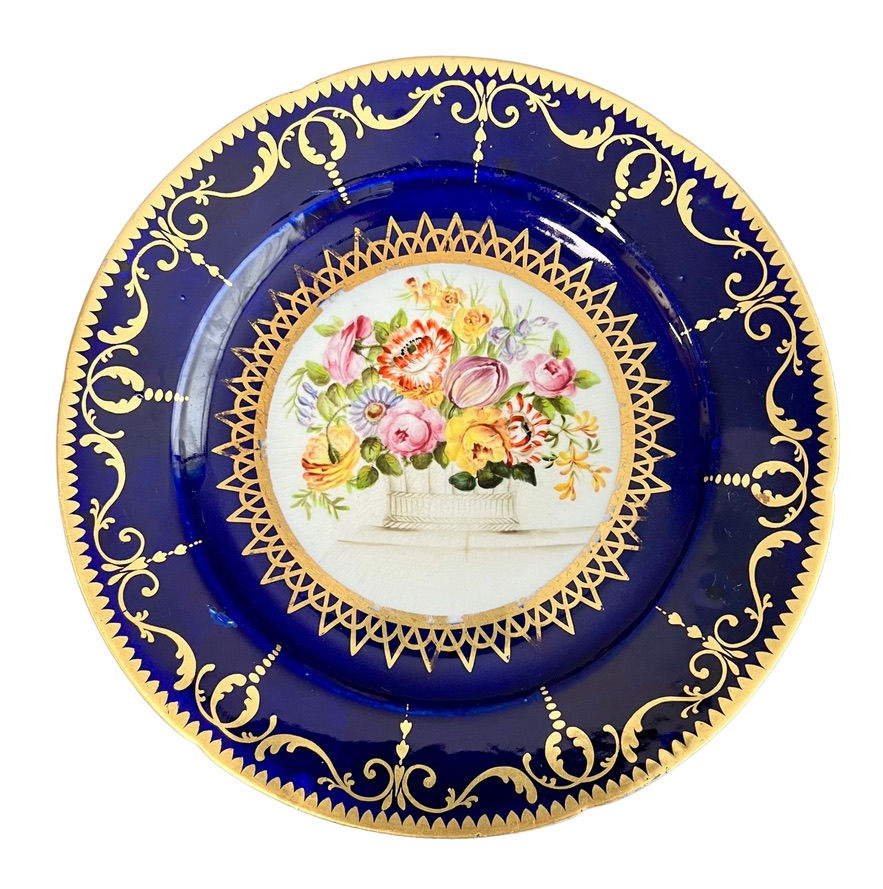

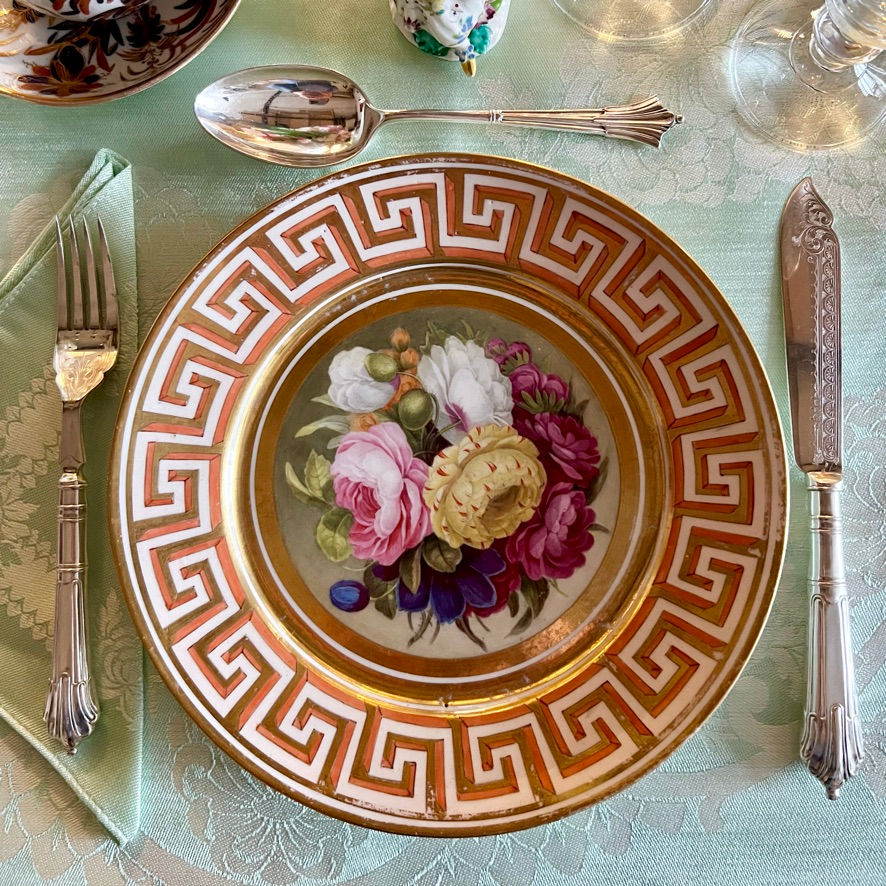
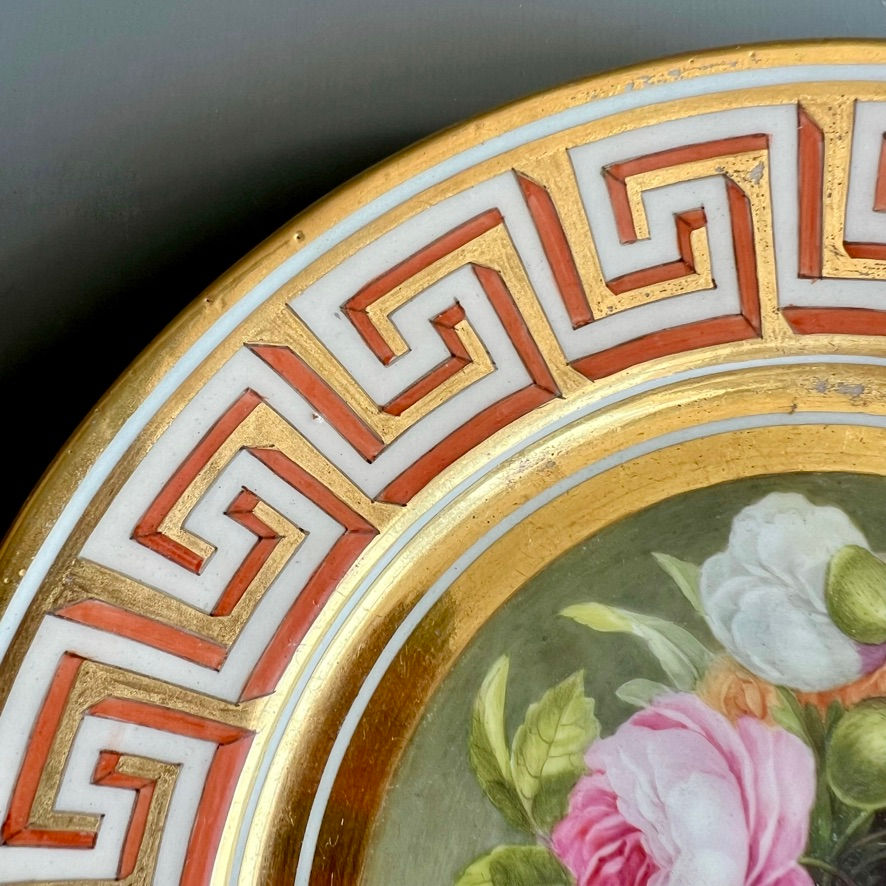

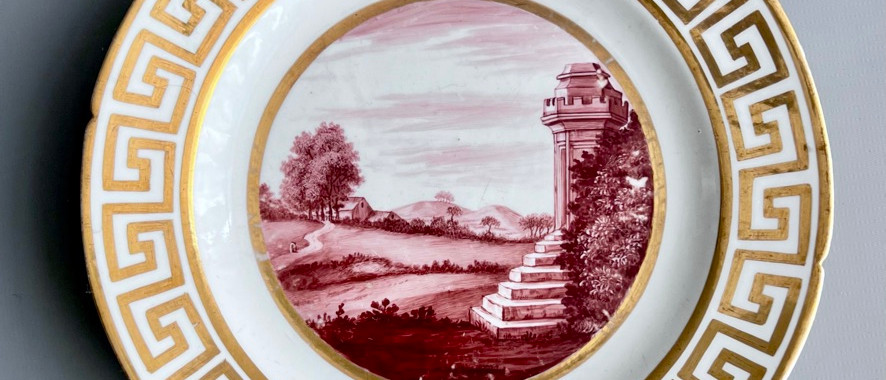

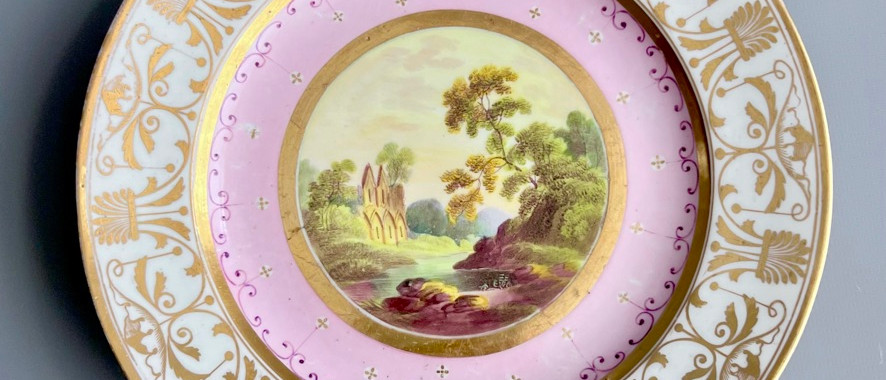



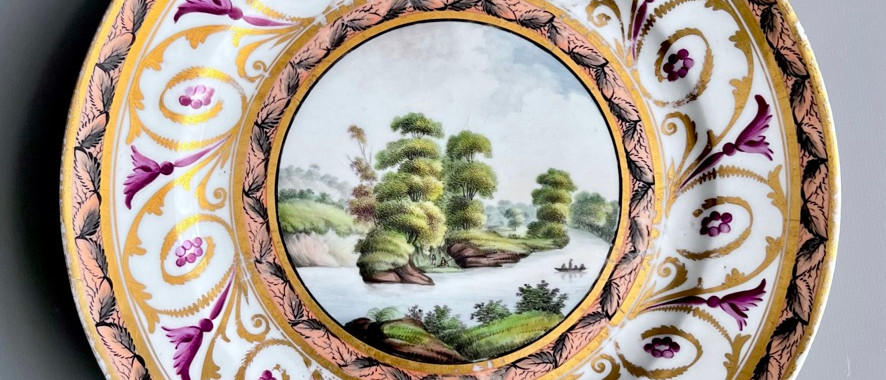
























































Comments